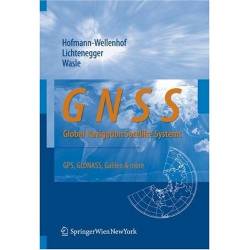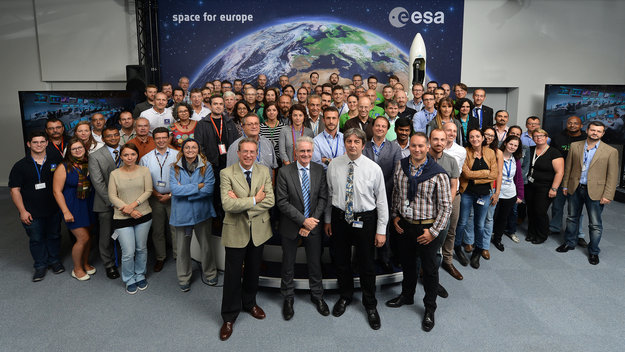I am as guilty as any journalist of using my editorial pulpit to air grievances and issue snarky asides, to browbeat and reprove.
So, I will take this opportunity to redeem not only myself but also, in a modest way, my profession, by coming today not to complain but to celebrate.
I am as guilty as any journalist of using my editorial pulpit to air grievances and issue snarky asides, to browbeat and reprove.
So, I will take this opportunity to redeem not only myself but also, in a modest way, my profession, by coming today not to complain but to celebrate.
As you can read in greater detail in the news item in this issue, the European Commission (EC) recently released an authorized interface control document (ICD) describing the technical specifications of the Galileo Open Service signal in space (OS SIS).
This is first of all a very important, crucial milestone for the Galileo program and for GNSS manufacturers, system integrators, and service providers. It serves as the fundamental resource needed to design and build a receiver that can process the first Galileo civil signal. (In addition, of course, to the operational satellites that still need to be placed on orbit to transmit that signal.)
Second, release of the OS SIS ICD marks the resolution of a complex — and at times seemingly unending — political process, and does so by coming down on the side of transparency, non-exclusivity, and maximum public benefit.
How? Not only by defining the signal’s codes, message structure, and data contents, but also by liberating the considerable intellectual property underlying the Galileo system. GNSS equipment designers and manufacturers are asked only to execute a pro forma license agreement — again, without charge — and acknowledge the EC’s waiver of liability and exclusivity for use of the document.
Now, some critics will dismiss this decision as bowing to the inevitable — that the precedent of free and open ICDs established for the U.S. Global Positioning System decades ago and more recently for Russia’s GLONASS.
And, yes, it’s hard to compete against free. But such scoffing ignores both the history of the Galileo program — its origin as a civil infrastructure owned by a community of nations, some with commercial aspirations for the system — as well as the reality that licensing fees, excise taxes, mandated carriage requirements, advantageous contracting arrangements, and similar, encumbering governmental options can still thrive in an environment of free alternatives.
Almost certainly some of the latter temptations accounted for the delay in release of a document that was published in draft form nearly four years ago, revised in 2008, and only slightly altered since. And, of course, the merry-go-round of signature gathering required to bless an official legal document of this type in the European Union.
Europe’s choice regarding the ICD arrives along a trajectory launched three years ago with the decision to abandon a public-private partnership (PPP) — a concept that in itself was a painful detour for the Galileo program — and finance and build a solely public infrastructure.
With a long-completed GPS and nearly complete GLONASS system available, many in Europe and elsewhere have questioned the need to build Galileo, especially as completion of the project was repeatedly delayed.
Those questions, however, don’t acknowledge the strategic importance of the GNSS resource for such critical applications as security, transportation, and telecommunications that led the United States and Russia to build them in the first place.
Neither do such critics recognize the fact that the signal resources needed to create a robust, reliable, and interdependent GNSS system of systems in the near future cannot practically be met by one or two nations alone. Nor do they appreciate the benefit of having civil signals as closely aligned as the future GPS L1C and Galileo’s OS — both designed around an agreed upon multiplex binary offset carrier (MBOC) structure.
Finally, Europe’s decision on the Galileo ICD reaffirms the importance to the GNSS community of timely publication of such information and establishes another good example for nations such as China and India that are bringing their own systems to market soon.





